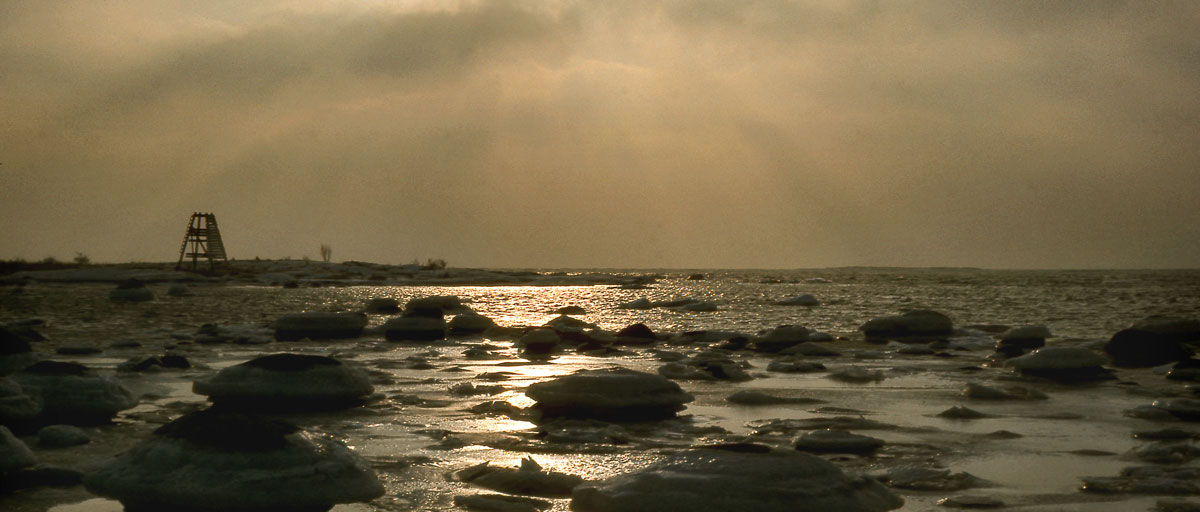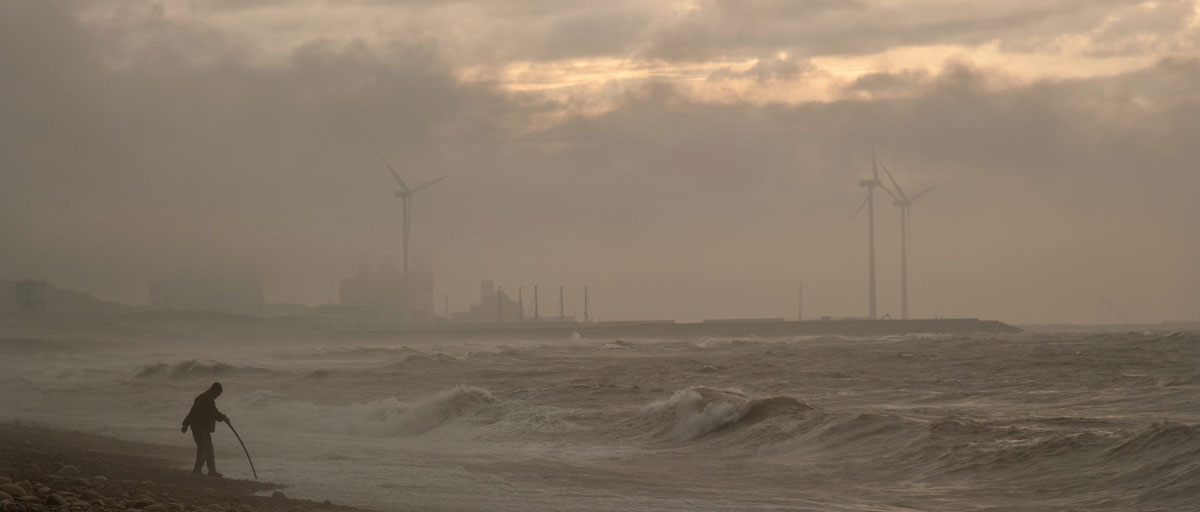Bildtext får vara max två rader text. Hela texten ska högerjusteras om den bara ska innehålla fotobyline! Photo: B. Christensen/Azote
BALTIC SEA
Baltic Health Index: How the Baltic Sea is really doing

A comprehensive science-based assessment of the Baltic Sea shows that coastal fish communities, livelihoods and economies score high in the index, while contaminants, protected areas, eutrophication, biodiversity and carbon storage score low. Photo: U. Manhammar/Azote
- The Baltic Health Index (BHI) assesses the health status of the Baltic Sea
- The index measures progress towards the benefits and services people expect a healthy Baltic Sea to provide
- The Baltic Sea as a whole scores 76 out of a possible 100, with 100 being the overall management target
A comprehensive assessment of the social, economic, and environmental condition of the Baltic Sea reveals mixed results
A COMPREHENSIVE PICTURE: A science-based global assessment framework that evaluates current conditions comprehensively from social, economic, and environmental perspectives of oceans (Ocean Health Index) has for the first time been applied to the Baltic Sea.
The results show that coastal fish communities, livelihoods and economies score high in the index, while contaminants, protected areas, eutrophication, biodiversity and carbon storage score low.
The Baltic Health Index (BHI) assesses the health status of the Baltic Sea. It has been calculated by researchers at the Stockholm Resilience Centre in collaboration with scientists in California who have established the well-known global Ocean Health Index (OHI) framework.
We are very excited to see this first transnational, regional application of the Ocean Health Index for the Baltic Sea. The Baltic Health Index is a great tool for informing management actions and policy decisions.
Dr Ben Halpern, lead scientist for the Ocean Health Index
Nine goals
The index measures progress towards nine key societal ‘goals’ representing the benefits and services people expect a healthy Baltic Sea to provide.
The goals, such as eutrophication, contaminants, food provision, carbon storage, biodiversity, trash, tourism, artisanal fisheries, support of local economies, and protected areas, were chosen to reflect both the needs of humans and ocean sustainability from a Baltic Sea perspective.
By scoring them from 0-100, the BHI provides a comprehensive picture of the state of the Baltic Sea.
The Baltic Sea as a whole scores 76 out of a possible 100, with 100 being the overall management target.
“Any small county at the Baltic can use and adjust this tool to the local context and follow their management measures all in one which will help to measure the success of sustainable management on a system level”. This will be a helpful addition to the existing assessments,” says project leader and centre researcher Thorsten Blenckner.
Inadequately managed
One striking result is that even if most countries around the Baltic recognize the protection of marine and coastal habitats to be important, they remain inadequately managed.
“These areas have to be managed in a good way, including restrictions to harmful activities, in order to contribute to protect biodiversity and sustain coastal livelihoods and the blue economy”, adds Sofia Wikström, researcher at the Baltic Sea Centre, Stockholm University and lead scientist on protected areas within the BHI team.
Click here to access all methods and calculations as well as original data
Podcast: our oceans are suffering, how can we make them healthy again?
More information:
Thorsten Blenckner
Lead researcher
thorsten.blenckner@su.se
Andrea De Cervo
Project manager
andrea.decervo@su.se
Eleanore Campbell
Data analyst
eleanore.campbell@su.se







